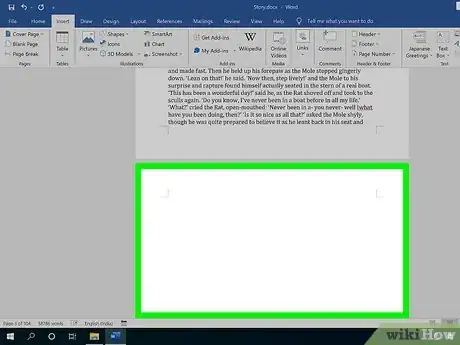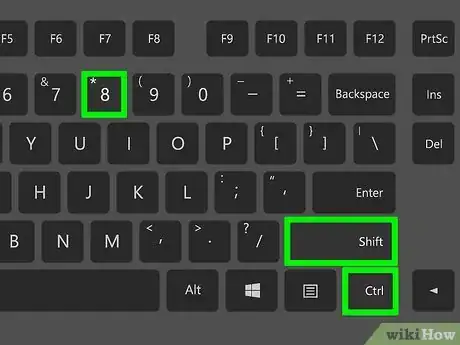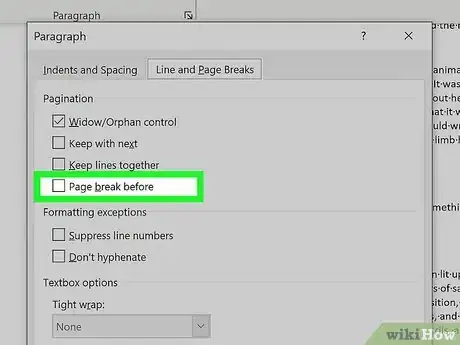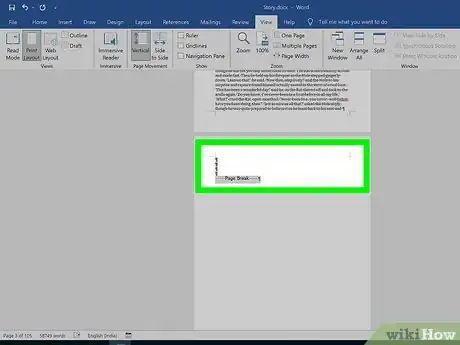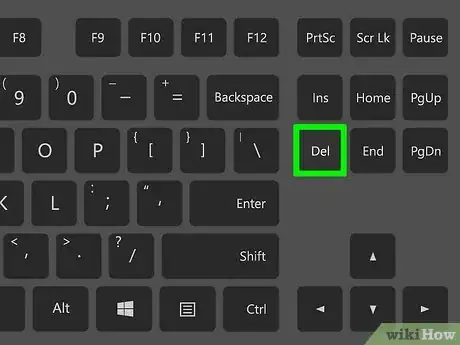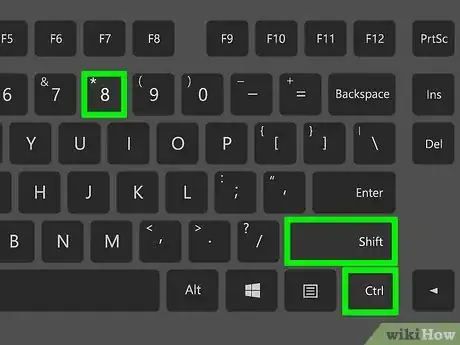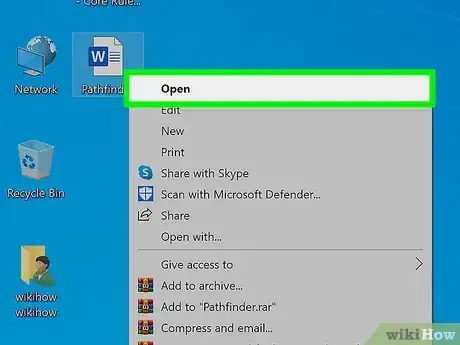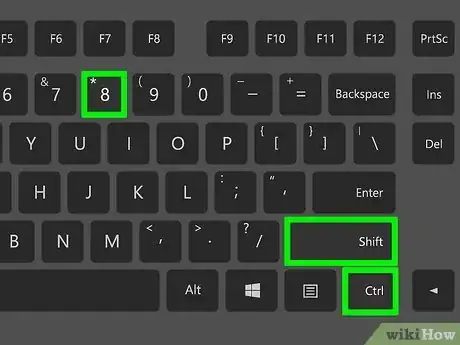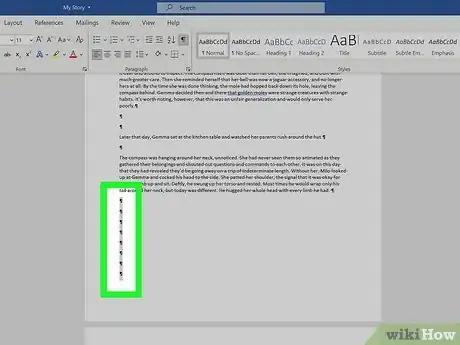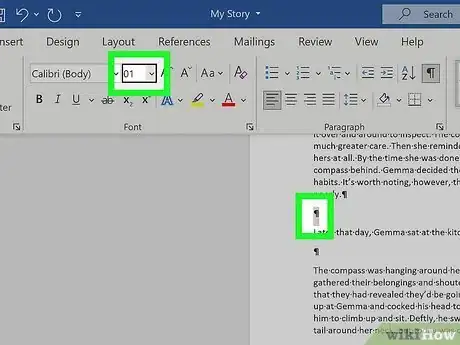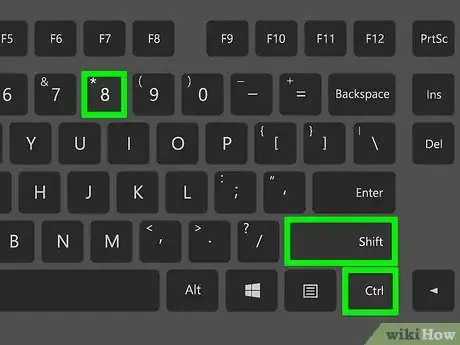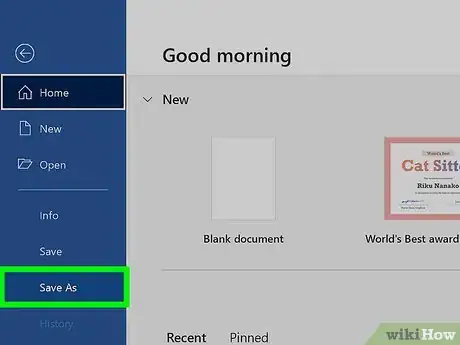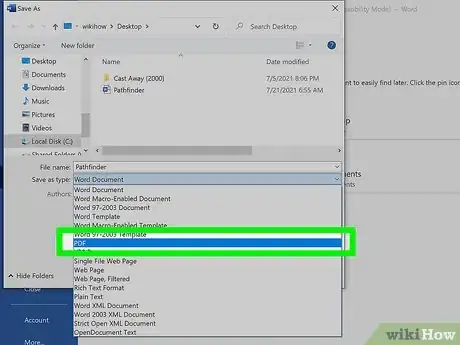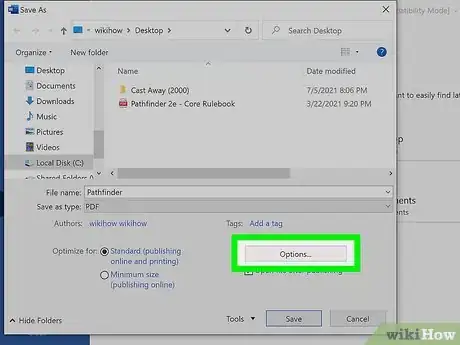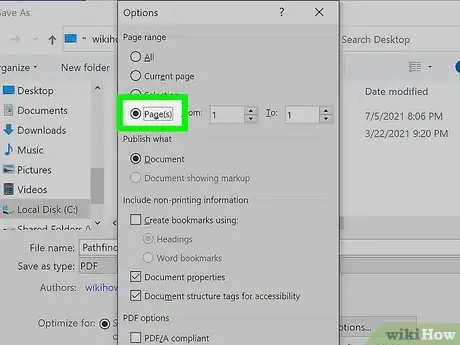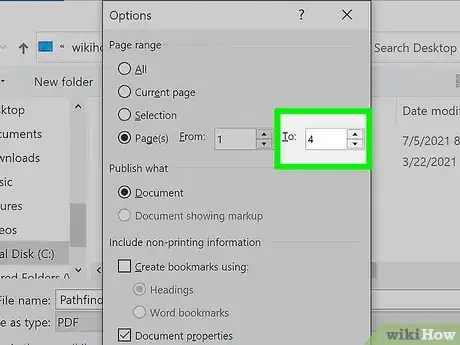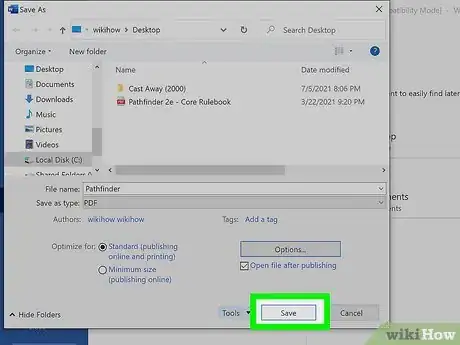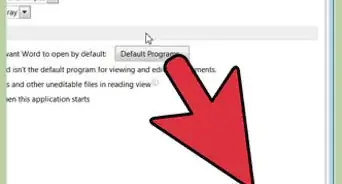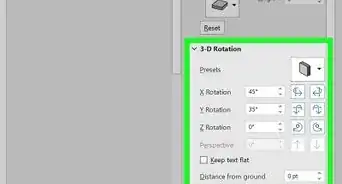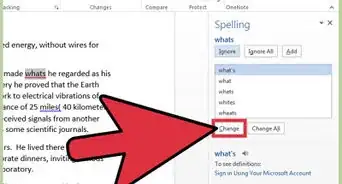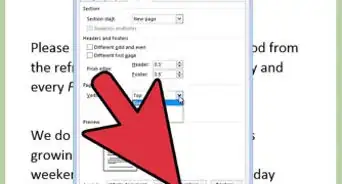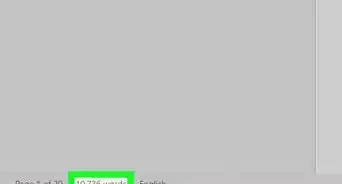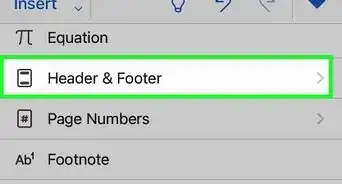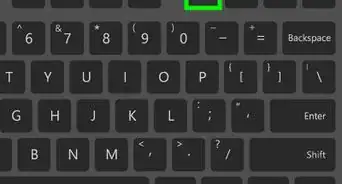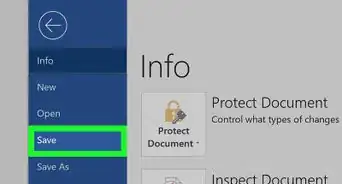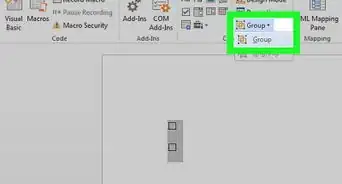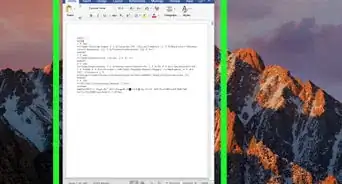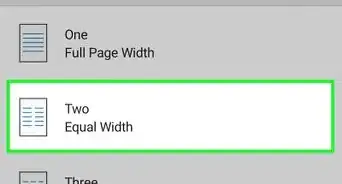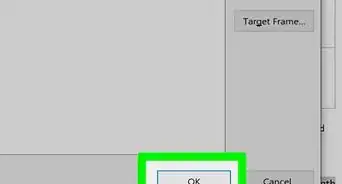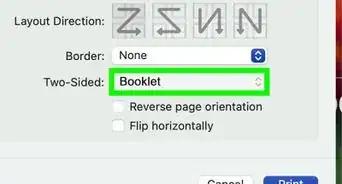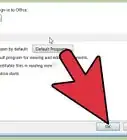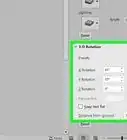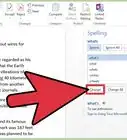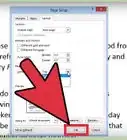This article was co-authored by wikiHow staff writer, Nicole Levine, MFA. Nicole Levine is a Technology Writer and Editor for wikiHow. She has more than 20 years of experience creating technical documentation and leading support teams at major web hosting and software companies. Nicole also holds an MFA in Creative Writing from Portland State University and teaches composition, fiction-writing, and zine-making at various institutions.
The wikiHow Tech Team also followed the article's instructions and verified that they work.
This article has been viewed 2,330,663 times.
Learn more...
This wikiHow article teaches you how to remove stubborn blank pages from anywhere in your Word document. Blank pages in the middle of your document are usually the result of hidden extra paragraphs or page breaks. If the blank page is at the end, it could be the same situation—however, it's also may be due to Word's hidden end paragraph feature. You can get rid of blank pages by making paragraph and page breaks markers visible and editing or deleting them manually.
Steps
Deleting a Blank Middle Page
-
1Go to the blank page in your document. If a strange blank page appears in the middle of your Word document, it's likely due to an unintentional page break or extra paragraph markers that you can't see.
-
2Press Ctrl+⇧ Shift+8 on Windows or ⌘ Cmd+8 on Mac. This displays paragraph markers (¶) at the beginning of each blank line, as well as at the end of every paragraph. If there are any page breaks on this page, you'll see them marked by dotted lines and the word "Page Break."Advertisement
-
3Look for a small black square next to a paragraph marker. You'll want to look for this on both the blank page and the page after it. If you see a paragraph marker with a black square beside it, the paragraph has the "Page break before" setting turned on. You'll want to turn this off. To do so:
- Click the Home tab at the top of Word.
- Right-click the paragraph marker ¶ that has the corresponding black bullet point.
- Select Paragraph… on the menu.
- Click the Lines and Page Breaks tab.
- Remove the check next to "Page break before" (if there is one) and click OK.
-
4Highlight the ¶ marks and/or Page Break lines with your mouse. If you see both (or more than one of each), highlight it all at once.
- Also check the page right before your blank one for extra page breaks and delete those as well.
- Don't select paragraph markers that appear on lines that contain actual content.
-
5Hit the Delete key. This should delete all the ¶ marks and page breaks, which should delete the blank page.
- If the blank page is still there, double-check the pages before for page breaks.
-
6
Deleting a Blank Last Page
-
1Go to the blank last page in your document. If a strange blank page appears at the end of your Word document, it could be due to Word's hidden undeletable end paragraph.[1] According to Microsoft, the most reliable way to get rid of that blank page is to make the hidden paragraph very small.
- The undeletable hidden paragraph usually occurs when the content of your last real page (not the blank page) goes all the way to the bottom of that page.
-
2Press Ctrl+⇧ Shift+8 on Windows or ⌘ Cmd+8 on Mac. This displays paragraph markers (¶) at the beginning of each blank line, as well as at the end of every paragraph. Since you have a blank page at the end of your document, you'll see at least one paragraph marker on that page.
-
3Delete all of the paragraph markers on the blank page (if there are multiple). If more than one paragraph marker appears on the blank page, deleting all of them will get usually get rid of the blank page. Try that first.
- If there's only one paragraph marker at the top of the page, deleting it won't help—continue with this method, if so.
-
4Change the font size of the paragraph marker to 01. Here's how:
- Click the Home tab if you're not already there.
- Highlight the paragraph marker.
- Click the font size next to the font's name.
- Replace it with 01 and press Enter or Return.
-
5Press Ctrl+⇧ Shift+8 on Windows or ⌘ Cmd+8 on Mac again. This hides the paragraph markers again, which should delete the blank page at the end by fitting the hidden paragraph on the last page that contains content.
- If you still have a blank page after this, you can reduce the size of the bottom margin instead. To do this, click the Layout tab, select Margins, click Custom Margins, and change the bottom margin to 0.3 inches.
Saving as a PDF to Omit Last Blank Page
-
1Click the File menu and choose Save as. If you still have a blank page at the end of your document after fixing hidden end paragraphs, you can omit the last page when saving your document as a PDF.
- This only works on the desktop version of Word—the web version doesn't let you choose which pages to include in a PDF.
- If your file is synced to One Drive, you won't see Save as. Click Save as copy instead.
- If the document must be in the Word format, you can convert the PDF back to the Word format after you save it as a PDF.
-
2Select PDF as the file format. Depending on your version of Word, the file type menu may be in the upper-right corner of the page, or in the "Save as type" menu toward the bottom.
-
3Click Options or More options. You'll see one of these two options near the menu from which you selected PDF.
-
4Click the radio option next to "Page(s)." This allows you to select a range of include in your PDF.
-
5Enter the page range, minus the last page. Type "1" in the "From" box, and the last real page (before the blank page) into the "To" box.
-
6Click Ok and then save the document. This saves your document as a PDF, minus the blank page(s) at the end.
Community Q&A
-
QuestionHow can I delete an Excel page copied to Word?
 Community AnswerYou can usually highlight the entire pasted table and hit the Delete key. If that doesn't work, try this: highlight the entire table, then right-click on it and select "Cut."
Community AnswerYou can usually highlight the entire pasted table and hit the Delete key. If that doesn't work, try this: highlight the entire table, then right-click on it and select "Cut." -
QuestionWhat if the methods described above still don't work? What can I do then?
 Community AnswerA far better and easier way is to save the doc as a pdf, delete the page from the pdf (which is super easy by clicking on "organize pages"), and then resave as a doc.
Community AnswerA far better and easier way is to save the doc as a pdf, delete the page from the pdf (which is super easy by clicking on "organize pages"), and then resave as a doc. -
QuestionHow can I create a word document I can later fill in blanks such as names or other info in a contract?
 Community AnswerIf it's for a printed document, just string underscores together to make the blanks for filling in.
Community AnswerIf it's for a printed document, just string underscores together to make the blanks for filling in.
References
About This Article
1. Open your document in Microsoft Word.
2. Press "Ctrl + Shift + 8" on Windows or "Command + 8" on Mac to display line break symbols in the document
3. Scroll down to the blank page.
4. Highlight any Page break or Paragraph symbols (¶) on the page.
5. Press "Delete".
